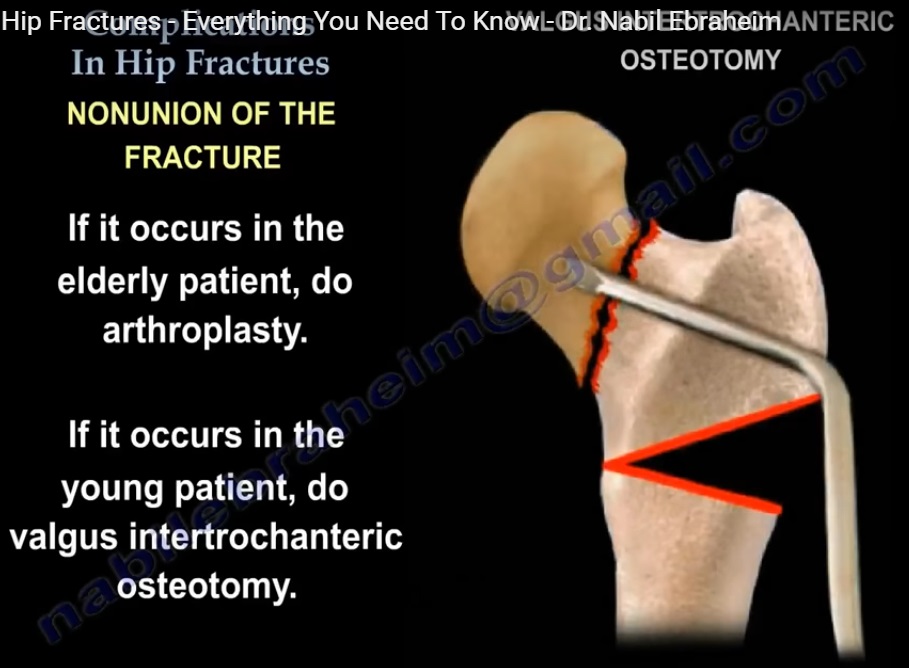Title: High-Risk Individuals Prone to Hip Fractures: A Summary of Key Factors
Introduction:
Hip fractures pose a significant health risk, with severe consequences for individuals, their families, and healthcare systems. It is essential to identify those at the highest risk to develop effective preventive strategies and interventions. This article aims to summarize the key factors that contribute to an increased risk of hip fractures.
Summary:
Numerous factors can increase an individual’s susceptibility to hip fractures. One primary determinant is advanced age. Older adults, particularly those above the age of 65, exhibit a higher likelihood of experiencing hip fractures due to factors such as decreased bone density and increased frailty.
Gender also plays a role in hip fracture risk, with females being more susceptible than males. This gender discrepancy can be attributed to factors like hormonal changes during menopause, leading to reduced bone strength and density in women.
Underlying medical conditions also contribute to heightened risks. Individuals diagnosed with osteoporosis, characterized by reduced bone mass and strength, are more prone to hip fractures. Similarly, those with a history of previous fractures or falls have an increased risk, highlighting the importance of assessing individual fall risk to prevent future hip fractures.
Inactivity and low muscle mass further amplify the likelihood of experiencing hip fractures. Sedentary lifestyles weaken the supporting muscles around the hip joint, making them susceptible to fractures, particularly in high-impact events like falls.
Certain medications, such as long-term corticosteroid use or certain anticoagulants, have been associated with increased hip fracture risk. It is crucial for healthcare professionals to assess the potential side effects of medications and their impact on bone health to mitigate this risk.
Conclusion:
To effectively prevent hip fractures, it is crucial to identify individuals at the highest risk. Age, gender, medical conditions (such as osteoporosis and prior fractures), inactivity, low muscle mass, and certain medications are among the critical factors that contribute to hip fracture susceptibility. By recognizing these risk factors, healthcare professionals can devise targeted preventive strategies tailored to address the specific needs and vulnerabilities of high-risk individuals, thus reducing the burden of hip fractures on individuals and society as a whole.
What is life expectancy after hip fracture?
According to a 2019 study in Acta Orthopaedica, the one-year mortality after a hip fracture is 21% for those whose fracture is surgically repaired. If the fracture is not repaired, the one-year mortality is about 70%.
Why is a broken hip life threatening?
Serious complications can result from a hip fracture. Blood clots can happen in the veins, usually in your legs. If a clot breaks off, it can travel to a blood vessel in your lung. This blockage, called a pulmonary embolism, can be fatal.
What is the biggest risk factor for hip fracture?
Osteoporosis is the leading cause of hip fracture. Age is also a major risk factor. Other possible risk factors for hip fracture may include, but are not limited to, the following: Excessive alcohol and caffeine consumption.
What is the most common cause of death in a hip fracture?
During recovery, a hip stress fracture can immobilize a patient for a long amount of time, potentially leading to blood clots and decreased muscle mass. Post-surgical complications, like infections and pulmonary embolism, may also contribute to high death rates.
When is it too late for knee manipulation?
Other studies have also reinforced the idea that early manipulation within 12 weeks has a better outcome than those performed after 12 weeks. There may still be a benefit of manipulation until 26 weeks after which open arthrolysis may be needed to improve ROM.
How long does it take to recover from arthritis knee surgery?
It usually takes around a year to recover fully after a knee replacement. But you should be able to resume most of your usual activities six weeks after surgery.
What is the life expectancy of a person with osteoarthritis in the knee?
There is no cure for knee osteoarthritis (KOA) and typically patients live approximately 30-years with the disease. Most common medical treatments result in short-term palliation of symptoms with little consideration of long-term risk.Apr 9, 2019
How common is MUA after knee replacement?
For knee replacement patients, the incidence of adhesions and scar tissue requiring orthopedic MUA is low. The incidence of MUA is between 4 and 7% of all knee replacement patients.
What percentage of knee replacements require manipulation?
The incidence of MUA is between 4 and 7% of all knee replacement patients.




